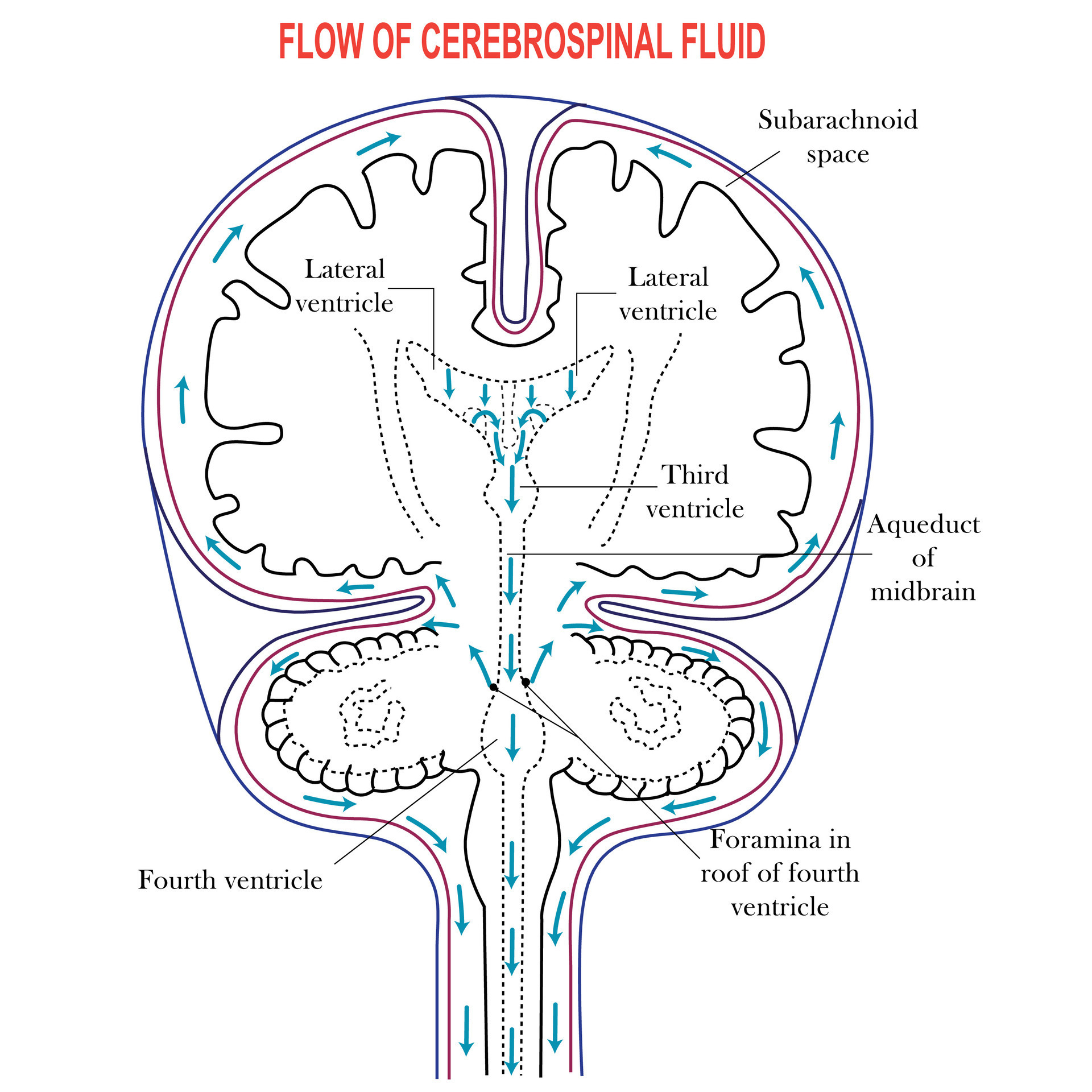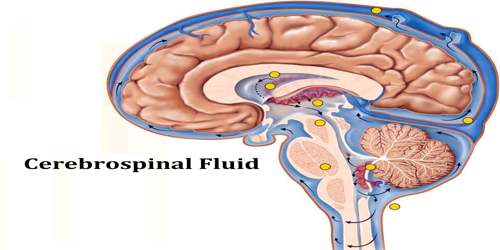Which Of The Following Is A Function Of Cerebrospinal Fluid

Cerebrospinal fluid (CSF), a clear, colorless liquid found in the brain and spinal cord, plays a vital role in maintaining the health and function of the central nervous system. Understanding its functions is crucial for diagnosing and treating neurological disorders.
The precise functions of CSF are multifaceted, encompassing mechanical protection, chemical stability, and waste removal. These functions collectively contribute to the optimal performance of the delicate neural tissues.
Mechanical Protection
One of the primary functions of CSF is to act as a cushion for the brain and spinal cord. This protective layer helps to absorb shocks and impacts, preventing injury from sudden movements or trauma.
Essentially, the brain "floats" in the CSF, reducing the effective weight of the brain and minimizing pressure on its base. This buoyancy effect is crucial for protecting the delicate brain tissue from compression and distortion.
Without this cushioning effect, even minor head trauma could result in significant brain injury.
Chemical Stability
CSF helps maintain a stable chemical environment for the brain and spinal cord. It regulates the concentration of various ions, nutrients, and neurotransmitters crucial for neuronal function.
By maintaining this precise balance, CSF ensures that neurons can communicate effectively and efficiently. This stability is vital for proper brain function and preventing neurological dysfunction.
The constant circulation of CSF also allows for the distribution of essential nutrients and the removal of metabolic waste products, further contributing to a stable environment.
Waste Removal
A critical function of CSF is the removal of metabolic waste products from the brain. As the brain performs its complex functions, it generates waste that can be harmful if allowed to accumulate.
CSF carries these waste products away from the brain and into the bloodstream, where they can be filtered out by the kidneys and liver. This process is essential for maintaining the health of brain tissue.
Recent research has highlighted the importance of the glymphatic system, a brain-wide waste clearance system that uses CSF to remove waste products, including amyloid-beta plaques associated with Alzheimer's disease.
How CSF is Produced
CSF is primarily produced by the choroid plexus, a network of specialized cells located within the ventricles of the brain. These cells filter blood plasma to create CSF.
The CSF then circulates through the ventricles and around the surface of the brain and spinal cord before being reabsorbed into the bloodstream. This constant circulation ensures that the brain is continuously bathed in fresh CSF.
The rate of CSF production and absorption is tightly regulated to maintain a constant volume and pressure within the central nervous system. Disruptions in this balance can lead to conditions such as hydrocephalus.
Clinical Significance
Analyzing CSF can provide valuable information about the health of the brain and spinal cord. A lumbar puncture, also known as a spinal tap, is a procedure used to collect a sample of CSF for diagnostic testing.
This sample can be analyzed to detect infections, inflammation, bleeding, and other abnormalities. CSF analysis is often used to diagnose conditions such as meningitis, encephalitis, multiple sclerosis, and subarachnoid hemorrhage.
Changes in CSF pressure, protein levels, or cell counts can all indicate underlying neurological problems. Furthermore, CSF can be analyzed for the presence of biomarkers that are indicative of specific diseases, like Alzheimer's disease.
Impact on Neurological Conditions
Understanding the functions of CSF is crucial for developing effective treatments for neurological conditions. For example, therapies aimed at improving CSF flow or reducing inflammation in the CSF can potentially help to alleviate symptoms of Alzheimer's disease and other neurodegenerative disorders.
Researchers are also exploring ways to use CSF as a route for delivering drugs directly to the brain. This approach could potentially improve the efficacy of treatments for brain tumors and other neurological conditions by bypassing the blood-brain barrier.
The ongoing research into the complexities of CSF continues to deepen our understanding of the brain and pave the way for new and improved treatments for neurological disorders.
In conclusion, CSF serves as a crucial protective and regulatory fluid within the central nervous system. Its roles in mechanical protection, chemical stability, and waste removal are paramount to maintaining optimal brain function. Understanding the multifaceted functions of CSF is key to diagnosing and treating a range of neurological disorders and developing innovative therapeutic strategies.






![Which Of The Following Is A Function Of Cerebrospinal Fluid PPT - CEREBRAL CIRCULATION AND CEREBROSPINAL FLUID [CSF] PowerPoint](https://image2.slideserve.com/4005143/cerebrospinal-fluid1-l.jpg)











